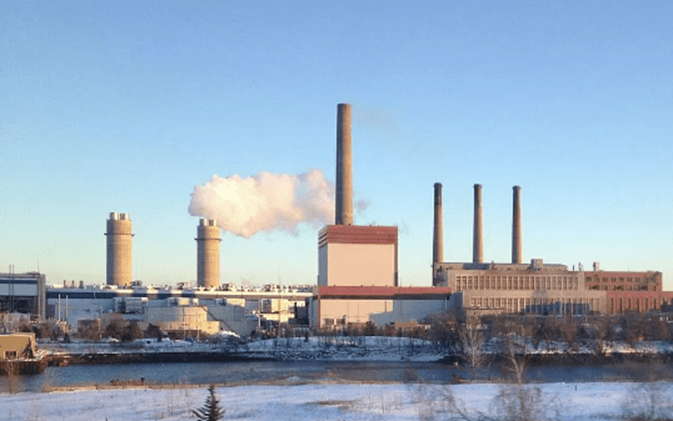DEI in Motion: Earth Day and Environmental Racism
April 22nd is Earth Day when we celebrate the achievements of the environmental movement and raise awareness of the need to protect the earth for future generations. The climate is changing – average temperatures and carbon dioxide emissions around the world are rising, and climate change continues to impact the most vulnerable people and species first. While some progress has been made, environmental racism is a major issue across Massachusetts, the United States, and the world.
Environmental racism refers to the institutional rules, regulations, policies or government and/or corporate decisions that deliberately target certain communities for locally undesirable land uses and lax enforcement of zoning and environmental laws, resulting in communities being disproportionately exposed to toxic and hazardous waste based upon race, including sewage works, mines, landfills, power stations, and major roads.[1] As a result, Black, Indigenous and communities of color suffer greater rates of health problems.[2] Recent reports have shown that racial/ethnic disparities in air quality are growing.[3] Across America, neighborhoods with more people of color, lower average income, and lower education have less access to green space than higher-income Whiter neighborhoods. The Union of Concerned Scientists report that “Asian American residents have 26 percent higher exposure [to pollution from traffic] than the state average. African American residents have 24 percent higher exposures, and Latinx residents have 17 percent higher exposures. Meanwhile, White residents are exposed to 7 percent lower concentrations.”[4]
Many examples of environmental racism can be seen in our own backyard. East Boston is a state-designated Environmental Justice (EJ) Community with a long history of pollution and environmental burdens. According to a city report, East Boston is the Boston neighborhood with “the most population, buildings, and land area at risk from coastal flooding.”[5] The close proximity to multiple highways, a major shipping channel, and a major airport creates harmful air pollutants that are detrimental to the community and the people who live and work there.
To better understand the historical, present day, and future effects of environmental racism across the state, and to learn how to take action, the Harvard School of Public Health has created an environmental racism project focusing on environmental racism in greater Boston. This series explores the impacts of historical redlining, food access disparities, and the proximity to highways, industry, and municipal solid waste sites. Taking time to read and become educated on Environmental Racism are a great first step to understanding one piece of the broader picture of systemic racism and to celebrate Earth Day.

via the Massachusetts Public Health Association
https://mapublichealth.org/environmental-justice/
[1] https://greenaction.org/what-is-environmental-justice/
[2] https://www.weforum.org/agenda/2020/07/what-is-environmental-racism-pol…
[3] https://www.bu.edu/articles/2018/air-pollution-inequality-growing-in-ma…
[4] https://www.ucsusa.org/sites/default/files/attach/2019/06/Inequitable-Exposure-to-Vehicle-Pollution-MA.pdf
[5] https://www.boston.gov/sites/default/files/embed/c/climatereadyeastbost…